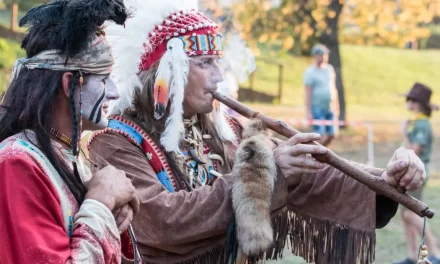American culture isn’t easy to define—and that’s the beauty of it. It’s loud and laid-back, serious and silly, proud and self-critical all at once. If you try to pin it down, it slips into something new. That’s because American culture isn’t one thing—it’s made of many cultures, mashed together and constantly evolving.
Start with the basics: America was built by immigrants. People from every continent came with their food, language, beliefs, and dreams. Instead of melting into one single identity, they layered their cultures over each other. That’s why you can eat Thai food in a Mexican-owned restaurant while listening to jazz, hip-hop, or country music playing overhead. It’s why American slang borrows from African American Vernacular, Spanish, and internet memes all at once.
You’ll see this diversity in everyday life—especially in how Americans express themselves. Individualism runs deep. People are taught to speak their mind, chase their own path, and “be themselves,” even if that self changes every few years. Personal freedom is more than just a right—it’s a cultural expectation.
But American culture isn’t just about independence. It’s about community too. From Super Bowl parties to Fourth of July parades to Thanksgiving dinners, there’s a deep love for gathering, celebrating, and telling stories—whether that’s through food, film, or TikTok.
Pop culture is one of America’s biggest exports. Hollywood films, rap music, sitcoms, comic books, streetwear, video games—they all shape how the world sees America. But what’s often missed is that behind every trend is a story, usually with roots in a specific place, struggle, or moment in time. Jazz came from Black musicians in New Orleans. Tech culture grew out of California garages. Skateboarding started in California surf communities and became a global style.
American culture also thrives on contrast. Big cities vs. small towns. Old traditions vs. new trends. Faith and religion vs. progressive ideals. It’s a country that argues with itself constantly—and somehow, that friction creates movement. That’s why you’ll always see change happening here: in protests, art, fashion, politics, and social media.
So if you’re trying to understand American culture, don’t look for a single answer. Look for the layers. The contradictions. The voices that talk over each other and still manage to create something that works—something that’s uniquely, unmistakably American.









